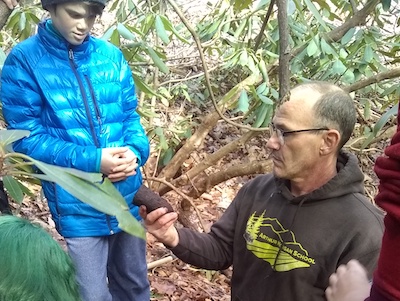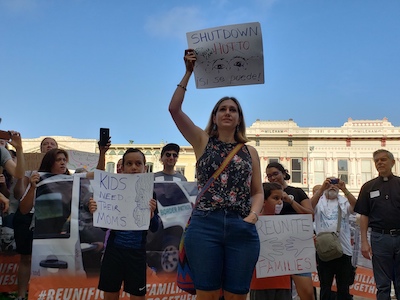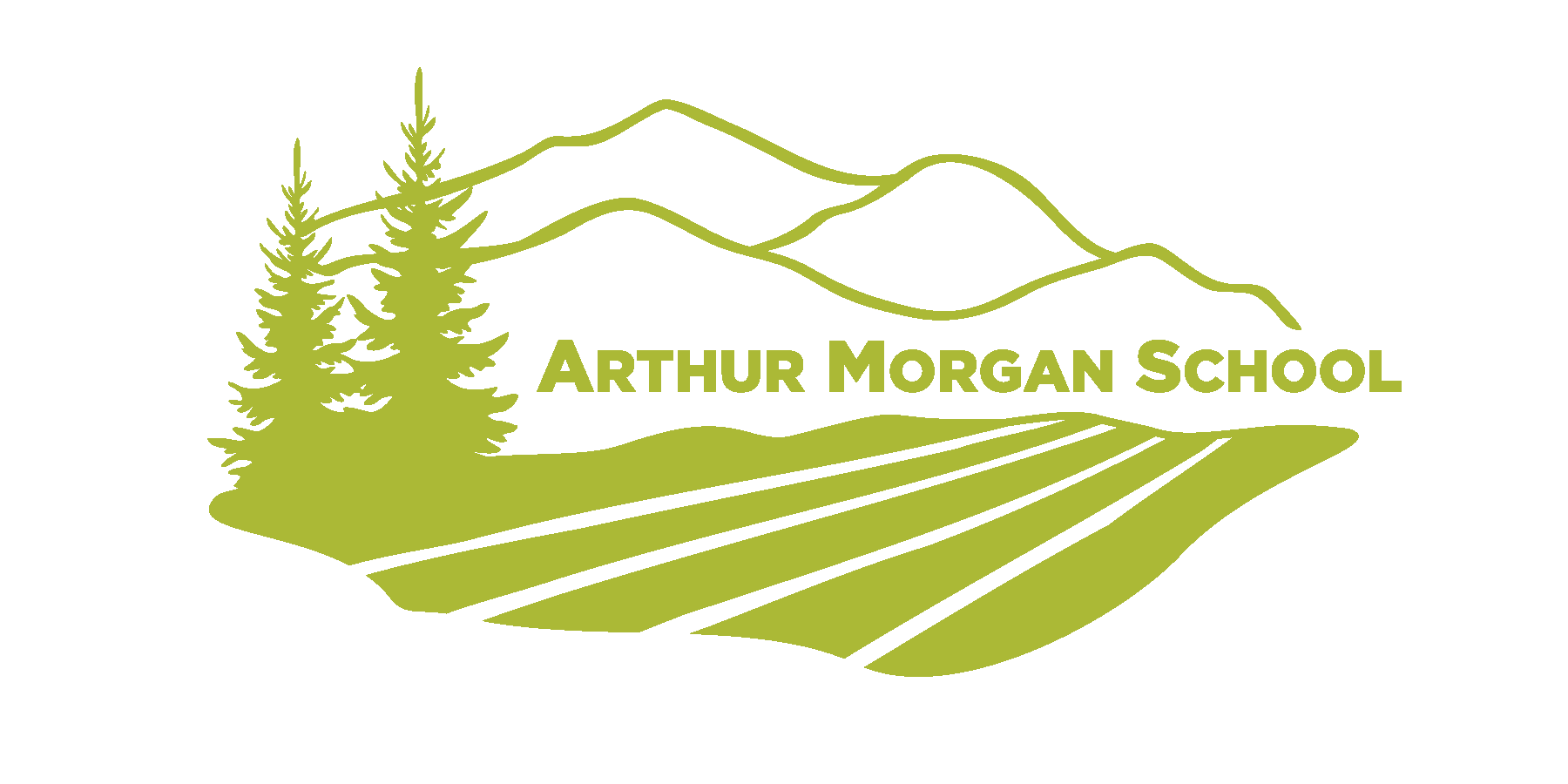Teaching about Forced Migrations

The theme of one our three 18 day field trips this year is teaching about forced migrations. In the course preparing for the trip, we will focus on the push/pull factors that have driven three important mass movements of people: the Trail of Tears; the post-Reconstruction “Great Migration” of Black Americans and today’s humanitarian crisis centered on our southern border. We will start by tracing the forced migration of Native peoples from NC to Oklahoma. As we do so, we will explore the resulting generational trauma that continues to impact these communities. We will then shift our focus towards members of the Black diaspora in Tulsa, where their efforts at inclusion and economic success were met with what became the largest race massacre in US history. And finally, we will spend time investigating US immigration policy, past and present, as we visit federal migrant concentration camps in Texas and Alabama.
Traveling The Trail of Tears
Our journey will begin near Cherokee, North Carolina. There we will, with the assistance of AMS alumnus Scott Ashcraft, walk part of the original Trail of Tears. We will spend some time at the Museum of the Cherokee Indian before driving westward. To the degree that we can, we will follow one of the routes along which Native peoples marched, and died, in the 1830s. Once we arrive in Tahlequah, Oklahoma (the site of my alma mater and the capital of the Western Cherokee Nation), we will spend some time meeting with tribal members to learn about Cherokee history, culture, and current affairs.
We will then head to the Greenwood District of Tulsa, which was, in the early 1900s, a symbol of Black prosperity and pride. This area, known as “Black Wall Street,” was razed to the ground in 1921 by a mob of whites envious of the gains made by those African Americans. Their existence challenged the myth of white supremacy. We hope to meet with descendants of those who survived the Tulsa Massacre. Doing so, we hope to understand the myriad ways the legacy of this trauma has stunted efforts to rebuild what was so violently taken nearly a century ago.
Looking at The Crisis on the US-Mexico Border

Source: Community Impact Newspaper
The next leg of our journey will take us to central Oklahoma, where we will meet with activists. Through their protests, the activists recently stopped Ft. Sill, a significant Army base, from becoming a migrant concentration camp. From there, we will head to Austin, Texas. We will spend a few days meeting with and serving some of those migrants whose lives have been most directly impacted by our current detention policies. We will also meet with more local activists to learn about their work raising awareness about conditions at the Hutto Family Detention Center. Hutto is one of the more notorious concentration camps being administered by ICE.
Depending on our timing and accommodations, I hope to swing by New Orleans, to give the kids a taste of one of my favorite cities. Thankfully, we will have missed the craziness of Mardi Gras. However, NOLA being NOLA, the brief stop promises to provide the kids a much-needed dose of fun and levity.
Studying The Great Migration
From New Orleans, we will head to Montgomery, where we will visit the new Legacy Museum. The exhibits draw connections between the historical enslavement of Black Americans and today’s system of mass incarceration. This will help provide students important context on the forces driving the “Great Migration.” As well, I hope to connect with former AMS teacher, Justin Metzner, who lives in Alabama.
Finally, we will spend a few days in Huntsville, Alabama, as the guest of long-time activist, Hy Thurman. Thurman was a co-founder of the Young Patriots movement. He was a key player in the development of the Rainbow Coalition, which brought together the Black Panthers, Latin Kings and the Patriots in what was at the time the largest multi-racial liberatory movement in the country. Hy is also going to connect us with the Etowah Visitation Project. This organization provides material and moral support to migrants detained at the Etowah concentration camp. To end on a lighter note, our group will spend some time at Huntsville’s Space Camp, where we will participate in astronaut training simulations and other fun, hands-on activities.
-Brad Archer
18 Day trips leave on February 24th. You can follow the trip by asking to join their Facebook group. Inquire on our Facebook page or emailing us at info@arthurmorganschool.org.
Learn More About Our 18 Day Field Trips
